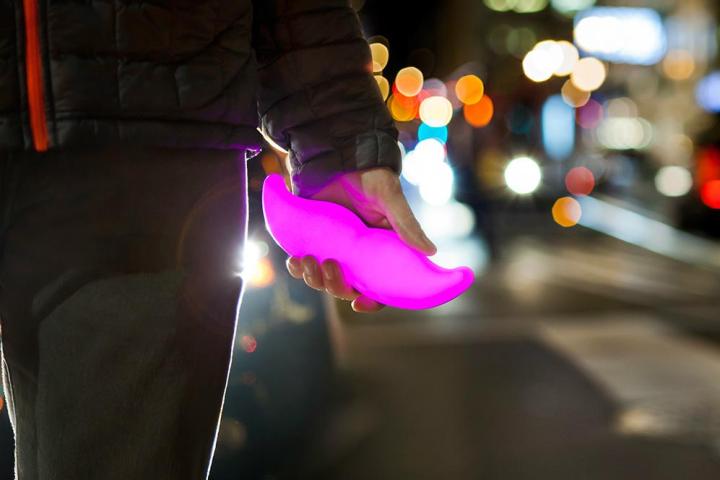
The news comes four months after GM invested $500 million in the ride-hailing service in what the companies said will be a “long-term strategic alliance.” The car maker will be supplying its soon-to-launch Chevrolet Bolt electric vehicle for the self-driving tests when they begin in a yet-to-be-named U.S. city in the next 12 months.
The autonomous technology will come from San Francisco firm Cruise Automation Inc., which GM acquired earlier this year for $1 billion, the Wall Street Journal reported.
Regular Lyft riders will be able to hail the driverless cars, though the app will also allow cautious types to opt out of the trial and hail a car with a driver instead. But should you go for the driverless option, don’t expect to find an empty driving seat when you climb in. Early tests will have an engineer in the vehicle, monitoring the car’s performance and ready to step in should the car pull an unexpected move.
Lyft product director Taggart Matthiesen told the Journal the company plans to “vet the autonomous tech between Cruise, GM and ourselves and slowly introduce this into markets,” explaining this would “ensure that cities would have full understanding of what we are trying to do.”
GM’s partnership with Lyft also involves the creation of short-term vehicle rental hubs for wannabe Lyft drivers. In March the automaker launched a scheme offering Lyft drivers in Chicago free rental cars provided they make enough trips through their work.
The self-driving efforts by Lyft and GM take the battle to Google, ride-hailing rival Uber, and a slew of other companies exploring the sector. Uber, which opened a self-driving research center in Pittsburgh just over a year ago, aims to add driverless cars to its fleet by 2020, though Lyft’s plan to start tests within a year could cause the company to speed up its efforts.
Editors' Recommendations
- Beleaguered robotaxi startup Cruise lays off quarter of workforce
- Cruise autonomous vehicle drives over woman just after she was hit by another car
- Big driverless buses are now serving passengers in Scotland
- Officers confused as they pull over an empty self-driving car
- How a big blue van from 1986 paved the way for self-driving cars


